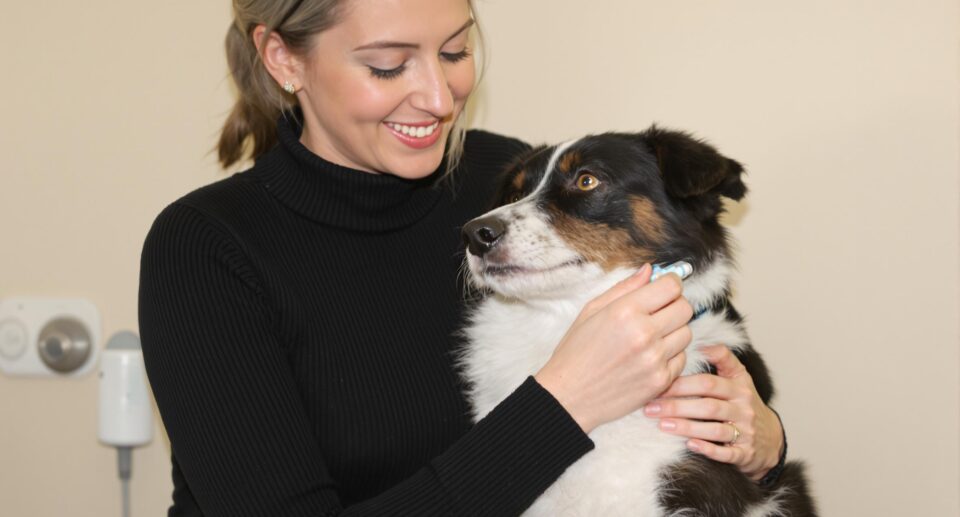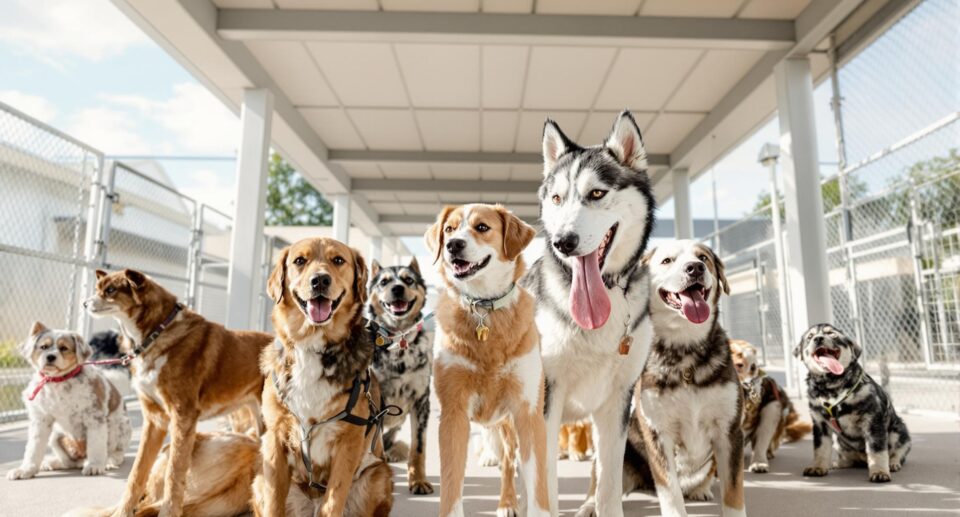How to Keep Dogs Safe in Cold Weather

When the temperature drops and the weather becomes unbearable, remember that pets, just like humans, want to feel warm at all times. It’s our job as responsible pet parents to make sure that our pets do not suffer the effects of the cold weather.
Ensuring the health and well-being of your pet should be a pet parents’s top priority, especially during winter. Here are 5 tips on pet safety during the cold winter months.
How to tell if your pet is too cold
Dogs need to go outside to get exercise and take care of business regardless of the weather. However going outside in inclement weather can be dangerous.
Some things that may affect your dog’s ability to tolerate the cold include coat density, and your dog’s age, size, and health status. When you take your dog out during frigid winter weather, how do you know when your dog is getting too cold?
Here are 4 signs that your pet is too cold:
- The most obvious sign is shivering or shaking, which is the body’s way of generating heat.
- Look for behavioral changes — your dog may look uncomfortable or seem anxious. Instead of running around outside joyfully, your dog may stand around, try to turn back for home, or seek a spot that provides shelter such as under a car.
- Your dog may display a hunched posture with tail tucked, or lift his or her paws uncomfortably off the ground.
- Listen for verbal clues such as whining or barking.
What are the signs of hypothermia in pets?
Hypothermia is a result of low body temperature in pets. When your pet is exposed to cold weather for long periods of time, your pet may suffer from hypothermia, and wet skin and fur can exacerbate the condition. That’s why it’s important to notice the first signs of hypothermia.
Hypothermia signs include:
If hypothermia is left untreated, coma or death can occur. To treat hypothermia, wrap your pet up in a warm blanket, and consider using a heated pet pad underneath him or her. Take your pet to the vet as soon as possible to prevent complications.
- Excessive shivering
- Paleness
- Listlessness
- Collapsing
- Symptoms of life-threatening hypothermia include weakness, lethargy, muscle stiffness and slowed breathing.
What are the signs of frostbite in pets?
Some signs of frostbite are skin that appears pale or grey, and skin that is cool and sometimes hard to the touch. The commonly affected areas are parts on your pet’s body least protected by fur including toes, ears, the tip of the tail, and the scrotum. The affected frostbitten area may become red and swollen, and may even begin to peel. As your pet’s circulation returns it may be very painful for your pet. Dead skin and tissue separates from the body in one to three weeks.
Treat frostbite by slowly wrapping your pet’s body in warm dry towels or blankets and placing hot water bottles wrapped in towels nearby, which act like a heater. It’s important not to rub or massage your pet’s affected area. If you suspect frostbite in your pet, take him or her to your veterinarian as soon as possible.
How do I prevent winter health problems?
A good rule of thumb: if it’s too cold for you, it’s too cold for your pet. So if you have an outdoor pet, keep him or her indoors during extreme temperatures.
Prevent future winter health problems with these tips below:
- Limit your pet’s exposure to the outdoors
- Take shorter walks
- Dry off fur and paws after coming indoors
- Consider using pet sweaters or jackets
- Extra calories may help reduce heat loss (consult your veterinarian before adding extra calories to your pet’s diet)
Other winter health concerns
Other concerns during the winter include sore, cracked paws from ice and salt exposure, the risk of antifreeze ingestion, and painful joints.
Sore cracked paws: occur when your pet is walking outside on ice and salted walkways. This can cause a lot of pain to your pet’s paws if not taken care of properly. Every time you come back from a walk, make sure that you wipe off your pet’s foot pads with a damp towel or grooming wipes.
Antifreeze ingestion: the first signs of antifreeze ingestion include lethargy, lack of coordination, weakness, or depression. In later stages, your pet may experience vomiting, diarrhea, inability to urinate and gastric ulcers. Pets that have ingested antifreeze must be treated quickly. So seek care immediately. To prevent antifreeze ingestion, make sure to check the ground for spillage frequently. Also, keep your pet’s water bowl filled with fresh water; since a thirsty pet is more inclined to drink antifreeze.
Tip: Keep water from freezing in the bowl by placing a heated pad under it.
Painful joints: occur in the wintertime frequently due to cold weather. This is the time of year when old, creaky painful joints may flare up. Giving your pet a joint supplement with omega fatty acids and providing a plush, orthopedic bed, can help reduce joint-related issues.





